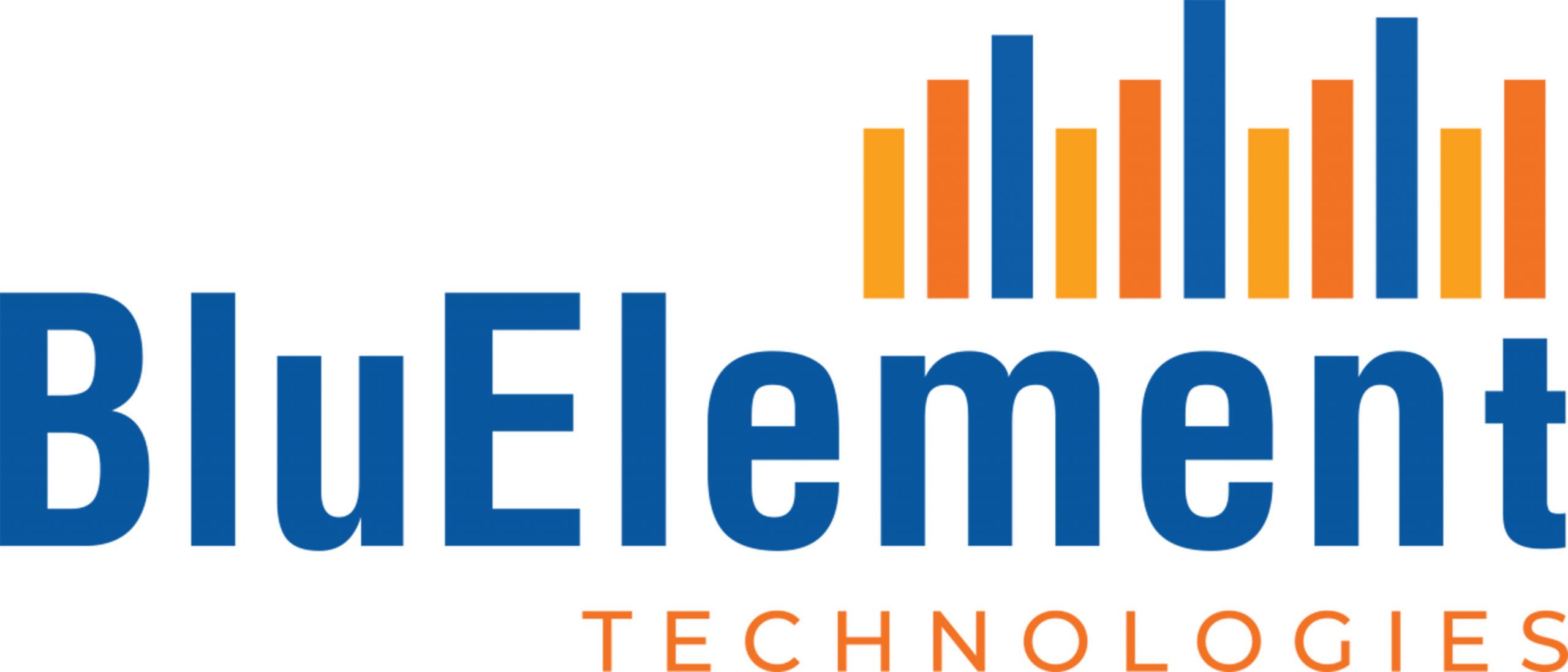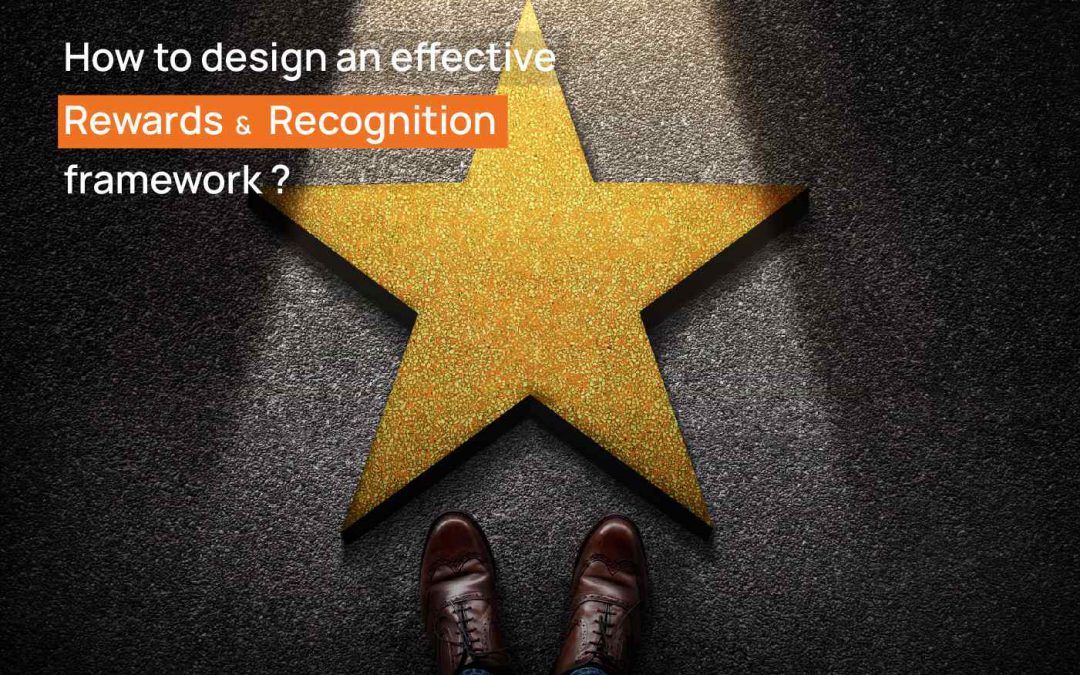Research shows that a good rewards and recognition program enables improving productivity, revenue and employee retention. As per surveys employees are 200% more likely to quit in a year if they do not feel recognized. Currently, as companies begin to comprehend the significance of Rewards & Recognition, the common yet important question which arises is, “How do we build an effective Rewards and Recognition framework?” or “What do we keep in mind while designing a Rewards and Recognition framework?”
Here are a few points to keep in mind while designing a Rewards and Recognition framework. Read on!
1. Know your Employee Needs:
No two employees in an organization have the same needs, wants or interests. This is the first thing to keep in mind while planning a Rewards and Recognition framework. It is suggested that a company can create a R&R framework with multiple options allowing employees the liberty to pick their own rewards. This way, there is something for every employee and their needs.
2. Need for the Rewards and Recognition program:
It is integral for the organization to understand the purpose of the rewards and recognition program before the discussions and plans for the framework are drafted. In simple words, the organization has to ask themselves a simple question, “what do you hope to accomplish by establishing a Rewards and Recognition program?”
The organization needs to decide the kind of behaviours they wish to reward. The best way to answer this question is assessing the behaviors that impact the performance of the employees and play a role in attaining the company’s goals. Rewards should be given multiple times a year or every time an employee meets a goal or target. Recognition shouldn’t be on pause until the end of the year. This would often result in employees feeling recognized only on that particular day and unrecognized otherwise.
3. Plan a Budget:
There are numerous factors to keep in mind before finalizing a budget.
- The time spent on designing and implementing the Rewards and Recognition program
- Cost of the Rewards/ items offered
- Cost of the Rewards and Recognition Platform
- Time and cost of teaching employees how to recognise and gift rewards
- Costs of implementation of the Platform
- Maintenance fee of Platform, if any
Though this may seem like a lot of work, it is imperative to understand the returns an organization would be getting for the money and resources you would be investing. Recognition enhances the productivity of employees, thereby reaching the business goals faster, making this a worthwhile
choice. Even if an organization does not want to invest time and resources into designing a Rewards and Recognition program, there are numerous companies which offer a Rewards and Recognition platform with no platform charges or implementation charges.
4. Make sure to include multiple category of Rewards:
Post understanding the motivating factors of the employees, organisations can pick a set of rewards which would suit all employees. Keeping in mind, one size does not fit all, provide the employees with an array of gift options to choose from. This would give the employees a chance to decide what they require instead of using one set reward which may or may not be a motivating factor for them. The choices can vary from wellness, upskilling, to hobbies, trips, vacations, gift vouchers and more.
5. Announce, Educate and Inspire:
Once the Rewards and Recognition program is ready, announce the details of it in a mail or other modes of communication. Ensure that the program is creative along with depicting the values of the organization. Begin with educating employees on the need for recognition and the advantages of the same, in turn, inspiring them to be a part of it.
Hopefully, these tips help you get started on the Rewards and Recognition framework for the organization. Take a step by step approach and begin with understanding the need for Rewards and Recognition in an organization, deciding the budget and inspiring employees to be a part of the program. Surveys further show that having a good Rewards and Recognition program increases productivity, revenue and retention.
Research shows that engaged employees perform 20 percent better and are 87 percent less likely to leave their organizations than their disengaged colleagues. Also, companies with the most engaged employees report revenue growth at a rate 2.5X greater than their competitors with the lowest level of engagement. Now, that is all the more reason to design and maintain a Rewards and Recognition program. (achievers.com)
Start planning your Rewards and Recognition program with us today!
Cynthia Valentina J

